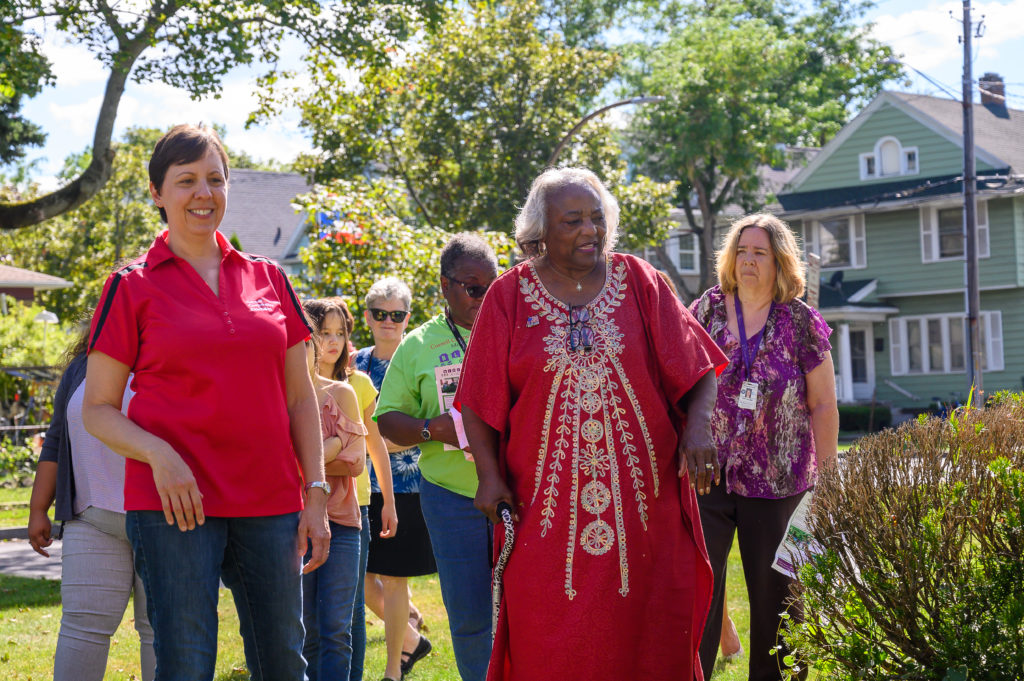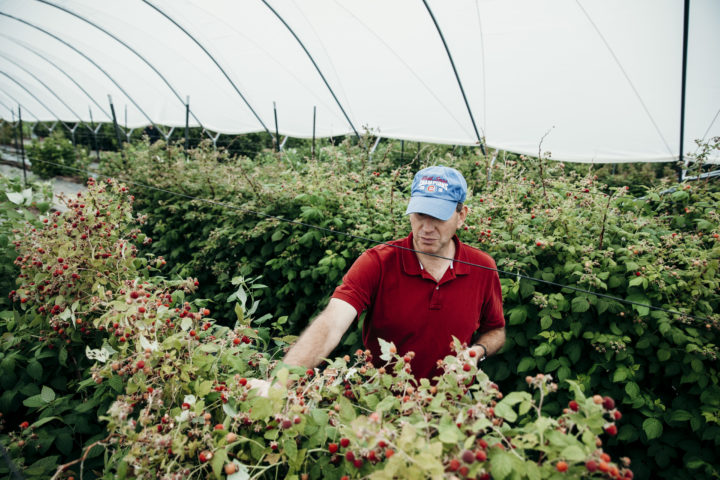“All universities engage in research and teaching, but the nation’s more than 100 land-grant colleges and universities have a third, critical mission — extension. Through extension, land-grant colleges and universities bring vital, practical information to agricultural producers, small business owners, consumers, families, and young people.” – USDA National Institute of Food and Agriculture

The Cooperative Extension System, in partnership with the USDA National Institute of Food and Agriculture (NIFA), bridges the gap between a state’s Land Grant University and its people by translating research into education and action. With a presence in every county across the country, Extension brings cutting-edge discoveries from research laboratories to individuals, communities, and businesses who can put knowledge into practice to improve their lives.
Cooperative Extension empowers rural and urban communities of all sizes to meet the challenges they face, adapt to changing technology, improve nutrition and food safety, prepare for and respond to emergencies, and protect our environment.


A brief history of Land Grant Universities (LGUs), agricultural experiment stations (AES), and the Cooperative Extension System:
1800s
Grassroots agricultural clubs and societies are established following the revolutionary war.
1862
Morrill Act
Federal law that created LGUs by giving states public lands to sell in order to fund the establishment a college for teaching agriculture and mechanical arts. The lands that were “granted” to the states were often made available by the forced movement of indigenous American peoples. This problematic history must be, and is being, addressed by each land grant university to different extents in different ways.
1887
Hatch Act
Federal law that funded the establishment of state Agricultural Experiment Stations. Most Stations were established in connection with the state’s LGU.
1890
2nd Morrill Act
Federal law that established an annual federal funding mechanism for the 1862 LGUs and established new LGUs focused on serving historically black communities. Those LGUs are now commonly called 1890 Institutions.
1914
Smith Lever Act
Federal law that formalized annual federal funding for state cooperative extension services (capacity funding) and established the USDA’s partnership with the LGUs
1919
Association of Land Grant Colleges established
The Association of American Agricultural Colleges and Experiment Stations merged to became the Association of Land Grant Colleges. The Association has since developed into the Association of Public and Land Grant Universities (APLU).
1962
McIntire-Stennis Act
Federal law that established an annual funding mechanism for forestry research. Many resulting forestry programs were established at LGUs.
1994
Equity in Educational Land-Grant Status Act
Federal law establishing 29 tribal colleges and universities as tribal Land Grant Institutions.
Department of Agriculture Reorganization Act of 1994
Federal law merging the USDA Cooperative State Research Service and the Extension Service into the Cooperative State Research, Education, and Extension Service. The law made the agency, since renamed the National Institute for Food and Agriculture (NIFA), responsible for allocating funds to research, education and extension at the land grant universities.

